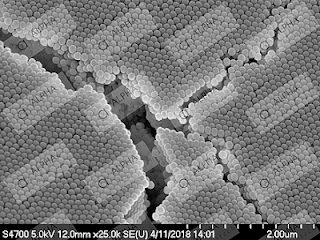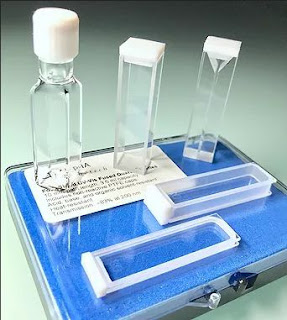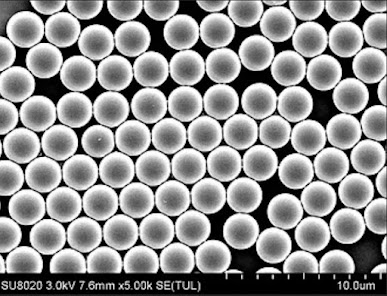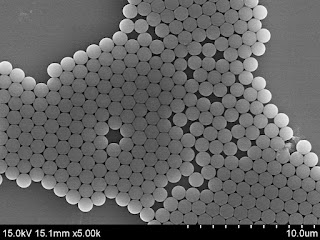Introduction to Nanomaterials:
When we explore the nanoworld, we find a broad array of minuscule yet powerful materials that have the potential to transform a number of different industries. Among these, non-functionalized silica nanoparticles and iron oxide beads covered with silica stand out for their special qualities and uses. Knowing the differences between these two can help determine which is more suited for what.
Iron Oxide Beads Coated with Silica:
- Overview: These are tiny
particles with a core of iron oxide that is encased in a layer of silica.
This combination harnesses the magnetic properties of iron oxide and the
chemical stability of silica, making them a versatile choice for several
applications.
- Advantages: The core-shell
structure of iron oxide beads coated with silica brings forth a
blend of magnetic functionality and surface modifiability. This makes them
ideal for tasks like magnetic separation in biotechnology, targeted drug
delivery, and contrast agents in magnetic resonance imaging (MRI).
- Considerations: Their utility is
particularly pronounced in applications that benefit from magnetic
properties, combined with the need for a stable, modifiable surface.
Non-functionalized Silica Nanoparticles:
- Overview: In contrast, Non-functionalized
silica nanoparticles 1�m are
simple, pure silica particles without any surface modifications or
coatings. Their simplicity is their strength, offering a broad canvas for
chemical modifications.
- Advantages: The purity and
versatility of non-functionalized
silica nanoparticles make them suitable for a wide range of
applications, including as carriers in drug delivery systems, in
cosmetics, and various industrial applications requiring a silica base.
- Considerations: Opting for these
nanoparticles is advantageous when the application requires a
straightforward silica material that can be customized through further
chemical modifications.

Iron Oxide Beads Coated With Silica
Comparing and Choosing:
- Application-Based Decision Making:
The choice between iron oxide
beads coated with silica and Non-functionalized silica nanoparticles 1�m should be guided by the
specific requirements of the project. Whether the need is for magnetic
properties and surface modifiability or for a simple, versatile silica
base will determine the most suitable option.
- Aligning Material Properties with Goals:
Matching the unique characteristics of each nanoparticle type to the
desired outcomes of your project is crucial for maximizing their potential
benefits.
Conclusion:
The decision to use iron oxide beads coated with silica versus Non-functionalized silica nanoparticles 1�m involves strategic consideration of each
material's properties and how they align with the project's goals. By
understanding the distinct advantages of each, researchers and developers can
make informed choices, leveraging the right nanomaterials to push the
boundaries of innovation and application in their respective fields.





